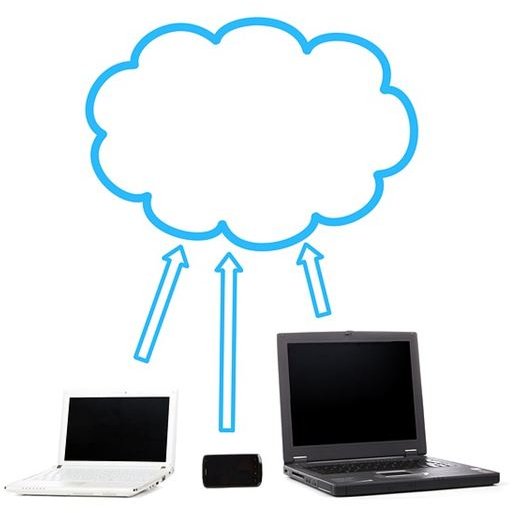What Is the Cloud? An Overview of Cloud Technology
What’s the Cloud all about?
When people talk about the Cloud, there are several different meanings as the cloud refers to any number of service providers. Instead of hosting applications, platforms, servers or disaster recovery yourself, you pay someone else to do it. This is (in a nutshell) what the Cloud does. Today there are four main types of cloud services that exist:
- Software as a Service (SaaS) offers singular applications in the Cloud. You are probably using one today if you use any hosted web-based email applications. Other examples of SaaS solutions are DropBox or WebEx.
- Platform as a Service (PaaS) is a system that allows you do deploy your own application on a platform. These providers give you a platform, taking care of the underlying operating systems and infrastructure. PaaS vendors include the Google App Engine and SalesForce.com.
- Infrastructure as a Service (IaaS) offers a blank server or instance for you to do whatever you want. Essentially, these are virtual machines hosted in the cloud.
- DRaas – one of the newer cloud services is Disaster Recovery as a Service. Various DRaaS solutions combine some of the above offerings to allow you to back up content offsite and run it as your primary business if your primary site experiences a disaster.
Now that we have a rough idea of the types of cloud offerings, let’s look at some criteria you should take into account before committing to a cloud provider.
What to Look for When Choosing a Provider
Although the different types of services may offer different specific areas to consider, there are some things that should be considered no matter the provider.
- Price – the biggest benefit of using a cloud provider is economies of scale. As more and more people use cloud services, providers can typically start to lower prices. As an example, Amazon Web Services is extremely popular and keeps growing. Over the last few years Amazon has been able to lower prices over forty –yes, 40– times.
- Reliability or Uptime. Reputable providers will give you the ability to see what their uptime has been in the past. At this point, expect to see 99.95% or higher uptimes.
- Service Level Agreements. Providers will typically give you compensation (or credits) if they cannot meet their uptime requirements. Look for providers that are certified by SAS or the Uptime Institute, or other proof that they are operating a Tier 3 or higher data center.
What Else Should You Know?
There are some other things to be aware of. Pricing for SaaS providers are usually set in stone. If you want to use an application, SaaS providers will typically charge you either by the number of users or amount of resources you use.
IaaS providers will either charge you a flat monthly fee for use of their servers or by the hour. Be sure to put some thought into how often your machine will be running so you can calculate which pricing scheme makes sense. You will also need to determine whether you want dedicated hardware or shared. Services such as Rackspace offer both shared and dedicated hardware. Dedicated hardware may assure you of performance, but you will certainly pay more compared to a shared resource.
Most cloud providers will also offer discounts if you are willing to sign up for a multi-year commitment. The longer you can commit, the bigger the discount. If you’re just testing the waters it is probably best to just try a month-to-month plan. There is no sense in setting up a long-term contract if you are not sure the solution will work for you. However, once you have tested the waters and are ready to jump in, you may want to commit to a longer term to get those discounts.
In the next article we’ll do a roundup of some of the top infrastructure as a service (IaaS) providers.
This post is part of the series: Basics of Cloud Computing
An overview providing basic details on the definition of “the cloud” as well as services available on the cloud.
